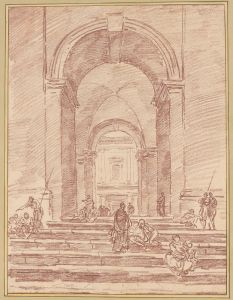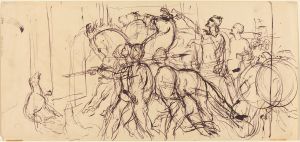
Figures walking among old ruins
A hand-painted replica of Edwin Austin Abbey’s masterpiece Figures walking among old ruins, meticulously crafted by professional artists to capture the true essence of the original. Each piece is created with museum-quality canvas and rare mineral pigments, carefully painted by experienced artists with delicate brushstrokes and rich, layered colors to perfectly recreate the texture of the original artwork. Unlike machine-printed reproductions, this hand-painted version brings the painting to life, infused with the artist’s emotions and skill in every stroke. Whether for personal collection or home decoration, it instantly elevates the artistic atmosphere of any space.
"Figures Walking Among Old Ruins" is a painting by the American artist Edwin Austin Abbey, who was renowned for his illustrations and paintings that often depicted historical and literary themes. Abbey was born on April 1, 1852, in Philadelphia, Pennsylvania, and he became a prominent figure in the art world during the late 19th and early 20th centuries. He is particularly known for his work as an illustrator for Harper's Weekly and his murals in the Boston Public Library.
The painting "Figures Walking Among Old Ruins" exemplifies Abbey's fascination with historical settings and his ability to capture the mood and atmosphere of a bygone era. While specific details about this particular painting are limited, Abbey's work often featured scenes inspired by literature, history, and the romanticized past. His style is characterized by meticulous attention to detail, a rich color palette, and a strong sense of narrative.
Abbey's interest in historical themes was influenced by his time spent in Europe, particularly in England, where he moved in 1878. The European landscape and its rich history provided ample inspiration for his work. Abbey became associated with the Pre-Raphaelite Brotherhood, a group of English painters, poets, and critics who sought to return to the detail, intense colors, and complex compositions of Quattrocento Italian art.
In "Figures Walking Among Old Ruins," Abbey likely draws upon his interest in the romantic and historical, creating a scene that invites viewers to imagine the stories and events that might have unfolded in such a setting. The painting's composition, with figures moving through a landscape of ancient ruins, suggests a narrative that is both timeless and evocative.
Abbey's work was well-received during his lifetime, and he was elected to the National Academy of Design in 1902. His contributions to art extended beyond painting and illustration; he also designed costumes and stage settings for theatrical productions, further demonstrating his versatility and creative vision.
Today, Edwin Austin Abbey's paintings and illustrations are held in high regard, with his works featured in various public and private collections. His ability to blend historical accuracy with artistic imagination continues to captivate audiences, and his paintings remain a testament to his skill and dedication to his craft.
While specific information about "Figures Walking Among Old Ruins" is scarce, the painting is representative of Abbey's broader oeuvre, which consistently reflects his passion for history, literature, and the visual storytelling that defined his career.





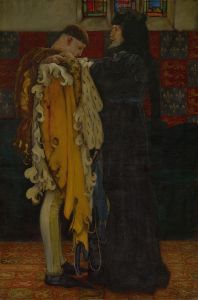
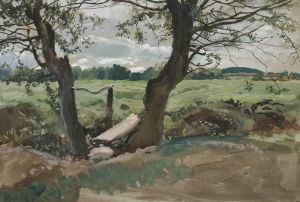
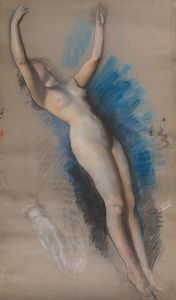
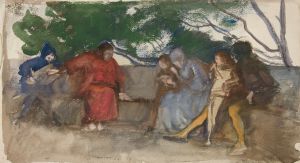
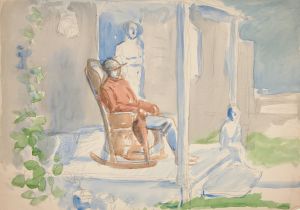
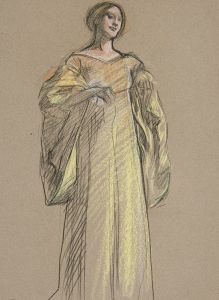
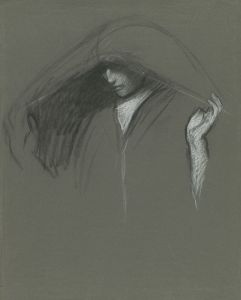
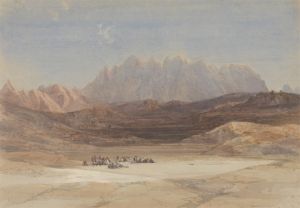
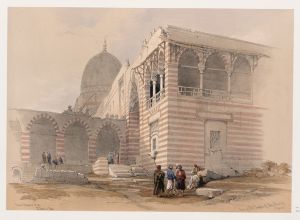
![Ruins. Temple on the Island of Biggeh [Bîga, Bîjah], Nubia.](/imgs/217537/s/david-roberts-ruins-temple-on-the-island-of-biggeh-biga-bijah-nubia-1cd1f41d.jpg)

